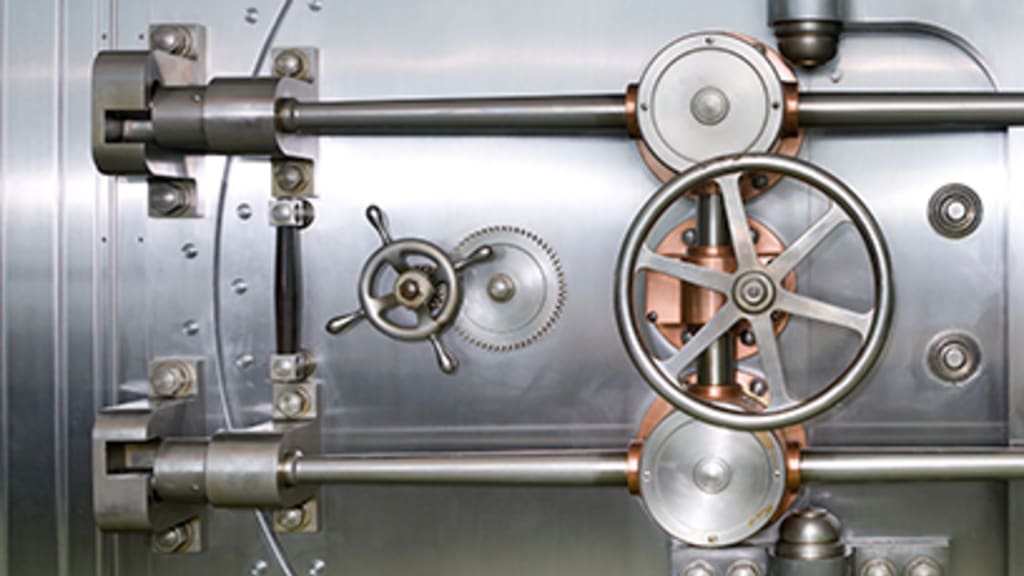Capital Protection Notes: How they work

Among investment products, capital protection products represent the lowest-risk investment option. A special feature of these products is a minimum repayment at maturity and participation in the positive performance of the underlying asset. Capital protection products are particularly interesting for risk-averse investors who want to avoid price losses but still participate in a positive performance.
How a capital protection note with participation works
The financial markets are always in motion. The interplay of supply and demand results in price fluctuations, sometimes larger and sometimes smaller. Not every investor reacts to these fluctuations in the same way; some investors are tolerant of risk, others are averse to it.
The functionality of capital protection products is characterized by two features: capital protection and the opportunity to participate in rising prices of the underlying asset. Capital protection means that a minimum repayment is made at maturity, the amount of which is already known in advance. The capital protection level is usually between 90 and 100 percent of the nominal value i.e. the issue price. The level of participation depends on the level of capital protection. The general rule for capital protection products is: The higher the capital protection level, the lower the participation rate (i.e. the participation in a possible positive performance of the underlying) will be.
It is important to note that the capital protection and the participation apply at the end of the product's term. During the term, the product may deviate from the intrinsic value or the redemption value. The product may therefore also be quoted below the capital protection level during the term. The intrinsic value describes the value of the product if the product were to be redeemed today.

The product example has the following features:
- Underlying: SMI®
- Underlying price (at initial fixing): 11,000 points
- Issue price capital protection product: CHF 1,000
- Capital protection: 100 percent of the issue price
- Exercise price (strike): 100 percent of the underlying (per initial fixing)
- Participation: 75 percent
- Duration: 2 years
Scenario 1: The underlying is quoted below the initial fixing after two years (at the end of the term)
If the final fixing of the underlying is lower than the strike price, the capital protection is repaid.
Application example: The SMI® is at 8,800 points after 2 years, which corresponds to a performance of minus 20 percent. At the end of the term, the capital protection product pays back 100 percent of the issue price. In contrast to the underlying (SMI®), the capital protection product has been able to avoid the negative performance of 20 percent.
Scenario 2: The underlying is quoted above the initial fixing after two years (at the end of the term)
If the final fixing of the underlying is higher than or equal to the strike price, the redemption includes capital protection and a cash payment. The cash payment corresponds to the positive difference between the final fixing and the strike price, multiplied by the participation.
Example: The SMI® is at 13,200 points after 2 years, which corresponds to a performance of plus 20 percent. The participation rate of the product is 75 percent. The payout includes capital protection in the amount of 100 percent and three quarters (participation 75 percent) of the difference between the final fixing and the strike price multiplied by the number of underlyings specified in the terms and conditions. In this scenario, a total amount of 115 percent of the issue price is paid out (consisting of 100 percent capital protection and 20 percent performance of the underlying x 75 percent participation = 15 percent). With a direct investment in the underlying, an investor would have achieved a 5 percent higher return (20 percent).
Product variants
There are several variants of capital protection products with different characteristics. In addition to the classic capital protection product with participation, there are three other variants.
Capital protection note with participation and cap
This variant is similar to the capital protection note with participation, but the participation is limited to a maximum value (cap). This additional feature enables a higher participation rate and/or higher capital protection.
Capital protection note with barrier
In addition to capital protection, this variant offers the opportunity to participate in rising prices of the underlying up to a certain level. If the price of the underlying touches or exceeds the specified barrier during the term, the participation in the performance of the underlying is forfeited. In addition, such products may have a coupon payment (rebate) fixed at the beginning.
Capital protection note with coupon
In addition to capital protection, this variant also offers a coupon. As a rule, such a product has a minimum coupon, although additional coupon payments can be made depending on the performance of the underlying.
Advantages and Risks
Advantages
- Capital protection enables predetermined minimum repayment
- Opportunity to also participate in the positive performance of the underlying asset
- Interesting investment opportunity for risk-averse investors
- Variants with coupon payment possible
Risks
- Capital protection only applies on expiry
- During the term, capital protection notes can also trade below the capital protection level
- A direct investment performs better when the underlying value rises
- Issuer risk
